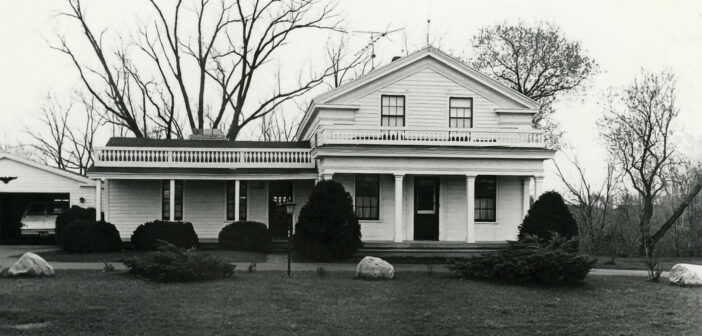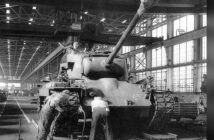The history of Greater Flint is steeped in relevance. We have seen titans of industry, great inventors, triumphs of commerce, heroes, villains, failure and renewal, and through it all stood our castles of time – the historic homes of Greater Flint.
If walls could talk, the area’s oldest homes would give us nearly the full story, from the beginnings of our beloved cities and towns to today, including all the glory and heartache in between. That these homes continue to stand is a testament to our love of tradition and acknowledgment of our past. Here’s a look at five of Flint’s historic homes and how they came to be.
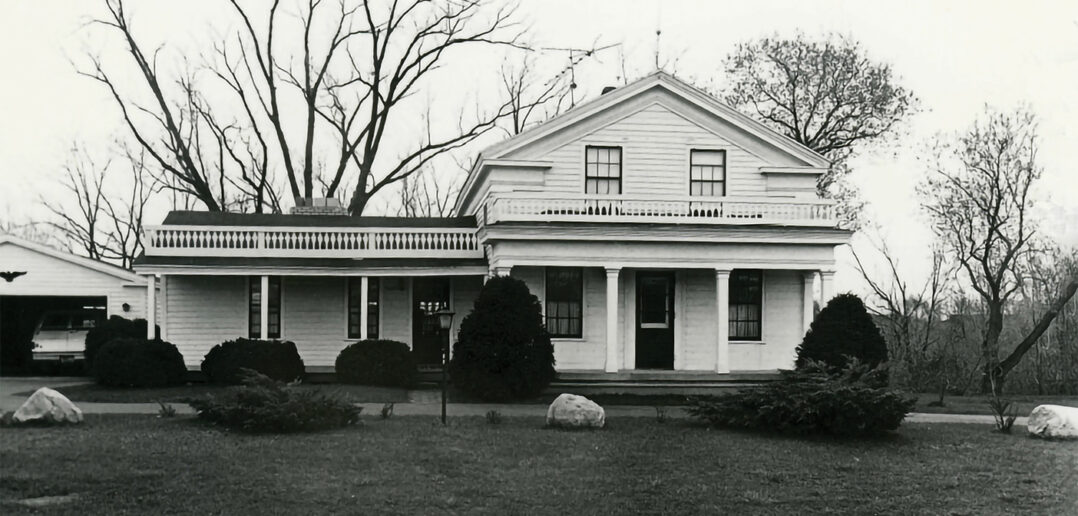
Photos by wikicommons
Daniel O’ Sullivan House
5035 Flushing Rd., Flushing
Built: Circa 1853
Also known as the Halfway House, the O’ Sullivan House was built by one of Genesee County’s first settlers and teachers. In 1834, O’ Sullivan migrated to Flint from Ireland and began teaching the children of other notable pioneers at the city’s first established school located on the banks of the Flint River. Within a few years, he moved on from the teaching profession and opened a goods store on Saginaw St. Soon after, O’ Sullivan approached Bishop Leferve to build a church in Flint. In 1848, the church was finished and became St. Michael Roman Catholic Parish and later, St. Michael Catholic Church. In 1853, O’ Sullivan purchased a plot of land and built the Halfway House (named because it sat halfway between Flint and Flushing). He operated it as a stagecoach shop and inn until 1858 when the home was sold to the Ponsford Family from England. At the age of 80, O’ Sullivan relocated for a brief time to visit his son’s claim in the Dakota Territory, and then moved back to live with his son in Muskegon, MI. He died there in 1881. Daniel O’ Sullivan Model School in Flint was named in his honor. After 1858, the Halfway House was operated by the Ponsfords and to date remains in the hands of the family.
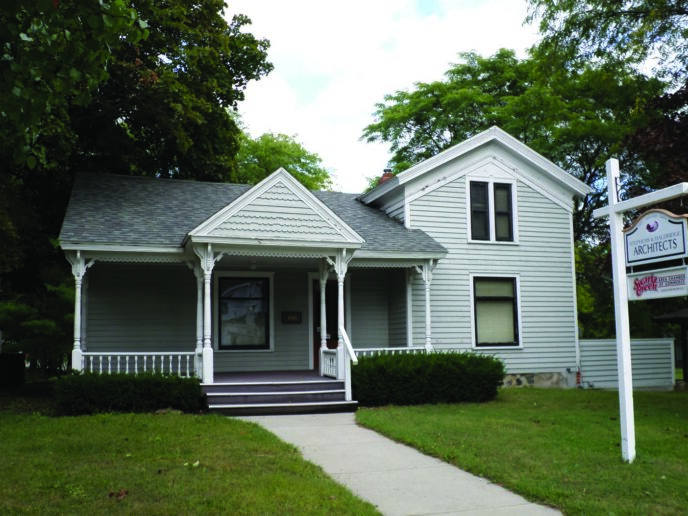
Photos by wikicommons
Horace Gilbert & Enos Miller House
5023 Holland Dr., Swartz Creek
Built: 1870
Built by Horace Gilbert in 1870, the house would soon transfer to the hands of Swartz Creek co-founding family, the Millers. In 1836, German migrant and pioneer, Adam Miller started the Miller Settlement on the land of the city. His son, Enos Miller, felled the first tree, clearing the way for the route that would become known as Miller Road. When a post office was established at the settlement in 1842, it was named for the nearby stream of Swartz Creek. The name stuck and the Village of Swartz Creek was platted in 1877. In 1902, Morgan Miller, the son of Enos, purchased the house at 5023 Holland Dr. from the Gilbert Family as a residence for his father and mother. Enos and Martha retired to the house and lived there until their deaths, Martha in 1905 and Enos in 1920. The home is no longer a family residence and has transitioned into a commercial property.
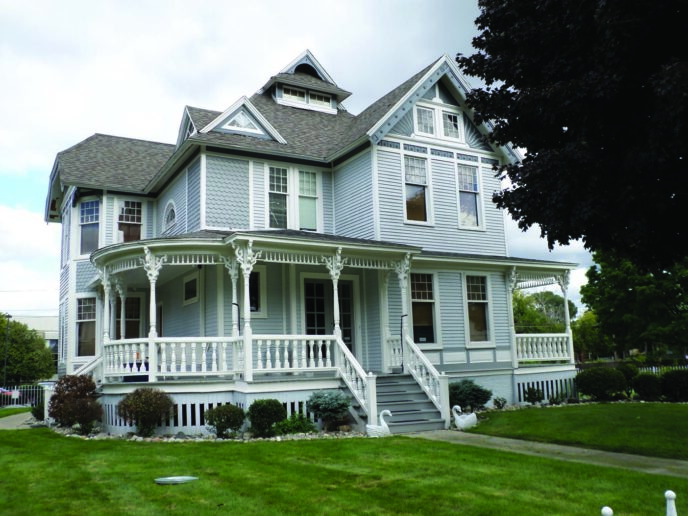
SAMSUNG CAMERA PICTURES
Morris A. Knight House
1105 Church St., Flint
Built: 1887
The two-story Queen Anne Victorian home was built in 1887 by successful business owner Morris A. Knight in Downtown Flint on the corner of Church and 6th Streets. Born in Detroit, Knight moved with his family to Flint in 1863 when they opened a shoe store in the city. He spent his younger years working in the store until he set off on his own in 1873 to work in the mercantile business in Bay City. He returned to Flint just two years later and opened a store of his own with partner O. M. Smith. Their business, O. M. Smith and Company, quickly flourished, allowing the opening of a second location in Bay City. By the early 1900s, O. M. Smith and Company grew to sell a variety of goods including clothing, dry staples and home amenities becoming one of the first true department stores in Genesee County. The store eventually closed in 1932 due to the Great Depression. Morris A. Knight never lived to see the closing of his flagship store; he died in 1918. His wife, Harriet, continued to live in the house in Flint until her death in 1935. Ownership passed to daughter Alice who remained in the house until her death in 1977.
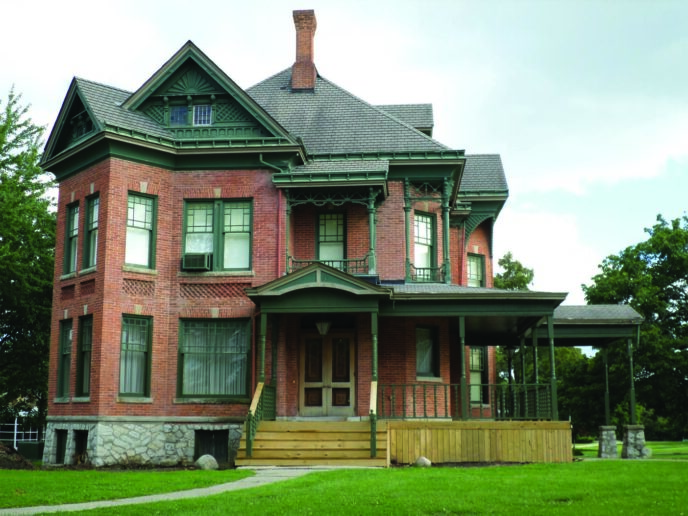
Photos by wikicommons
Superintendent’s Cottage (Michigan School for the Deaf)
Beaver Dr., Flint
Built: 1890
At the urging of future Flint Mayor Edward H. Thomson with backing from another future Flint Mayor, James C. Willson, Michigan Governor Epaphroditus Ransom established the Michigan Asylum for Educating the Deaf and Dumb and the Blind in Flint in 1848. In 1887, the school became known as the Michigan School for the Deaf and in 1937 the state Board of Education assumed responsibility for the school’s operation. In the 1880s, school administrators deemed it necessary to build a home for the school superintendent on school grounds and construction on the cottage began. Built nearly entirely by students, the house also features professional carpentry and furniture crafted by students in school shops under the direction of teachers Edwin Barton and James Foss. Superintendent Francis Clarke moved in two years after completion in 1892 and the cottage has been the residence of every school superintendent thereafter.
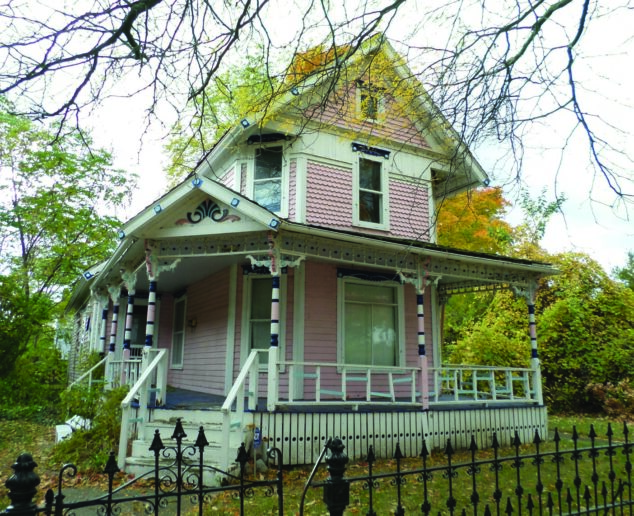
Photos by wikicommons
Charles W. Nash House
307 Mason St., Flint
Built: 1890
Another Victorian Queen Anne-style house, it also has thick ties to Flint’s robust automotive history. Built by auto pioneer Charles W. Nash, the house sits just seconds away from Flint’s fabled Factory One building. Initially hired by Billy Durant as a cushion-stuffer at the Durant-Dort Carriage Company in 1890, Nash began a journey that would lead him to the pinnacle of the General Motors automotive empire. Born in 1864 in Cortland, IL he was soon thereafter abandoned by his parents in Michigan to work as an indentured servant. Later, while working at Durant-Dort, Nash introduced the straight-line conveyor system to the company, vastly increasing production. When Durant purchased Buick in 1904, he tapped Nash to run the manufacturing plant. By 1910, Nash would be vice president of Buick. It was he who hired Walter P. Chrysler into the organization and gave him his start. In 1912, with GM on the verge of bankruptcy, bankers took the keys to the company from Durant and handed them to Nash who quadrupled profits in four years. When Durant regained control of GM in 1916, Nash set off on his own and founded Nash Motors. In 1937, he retired from the industry and moved out to the sunny climate of California. The home on Mason St. served Nash well until his retirement from General Motors in 1916.
We will explore more castles of time next month!

